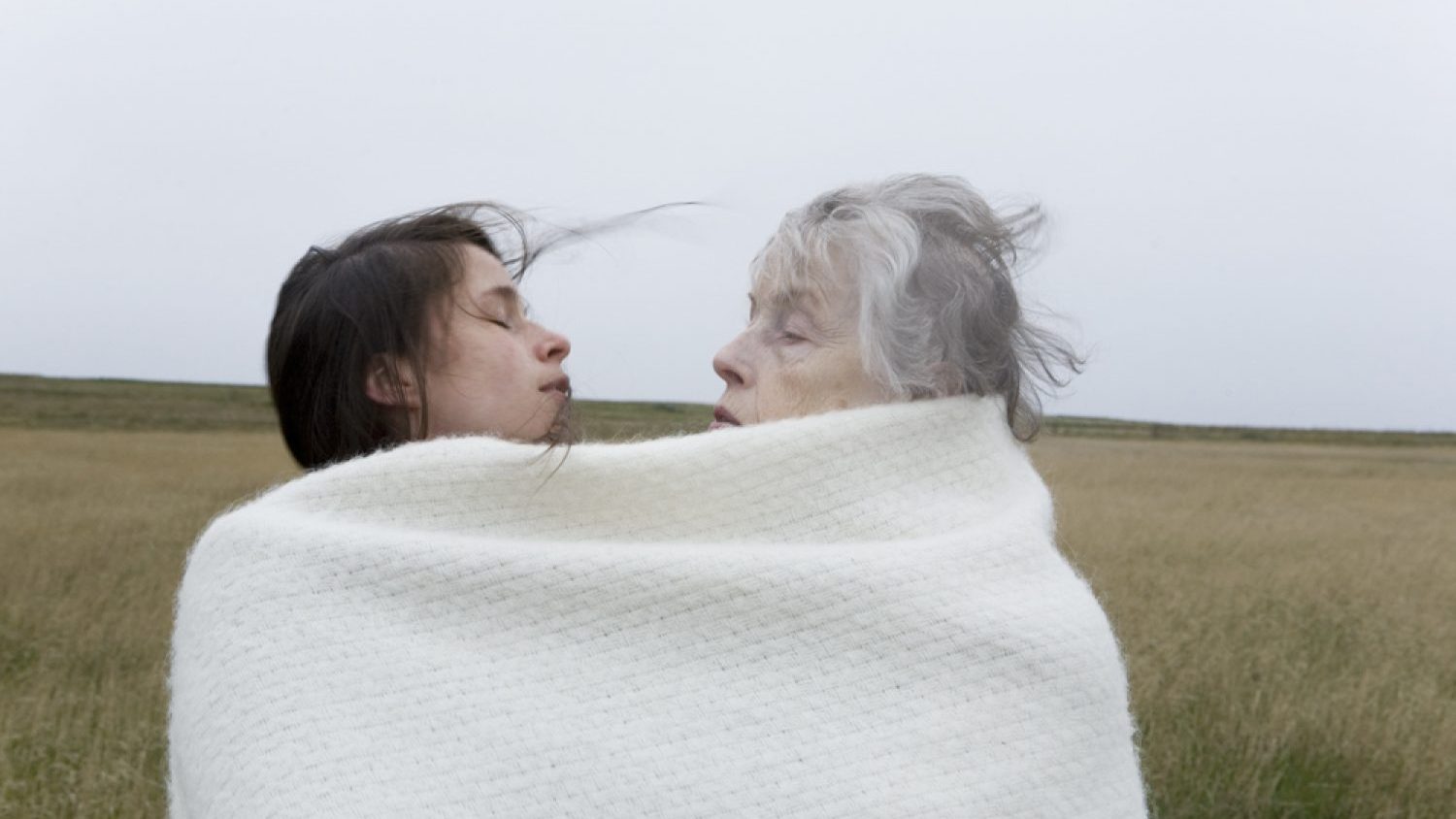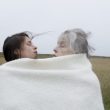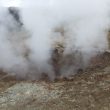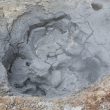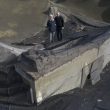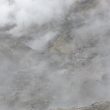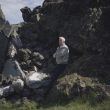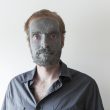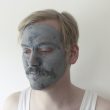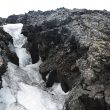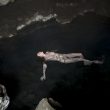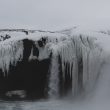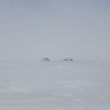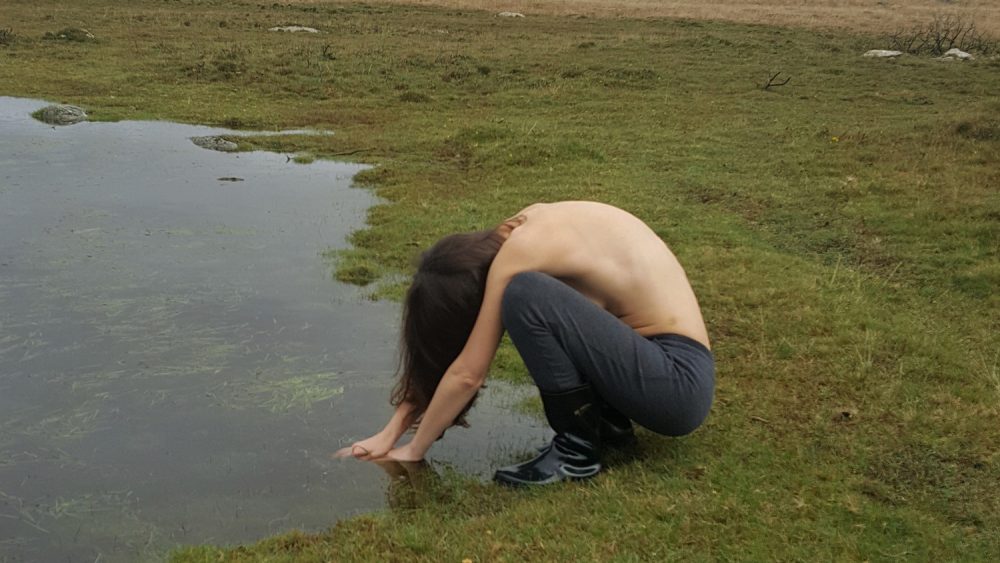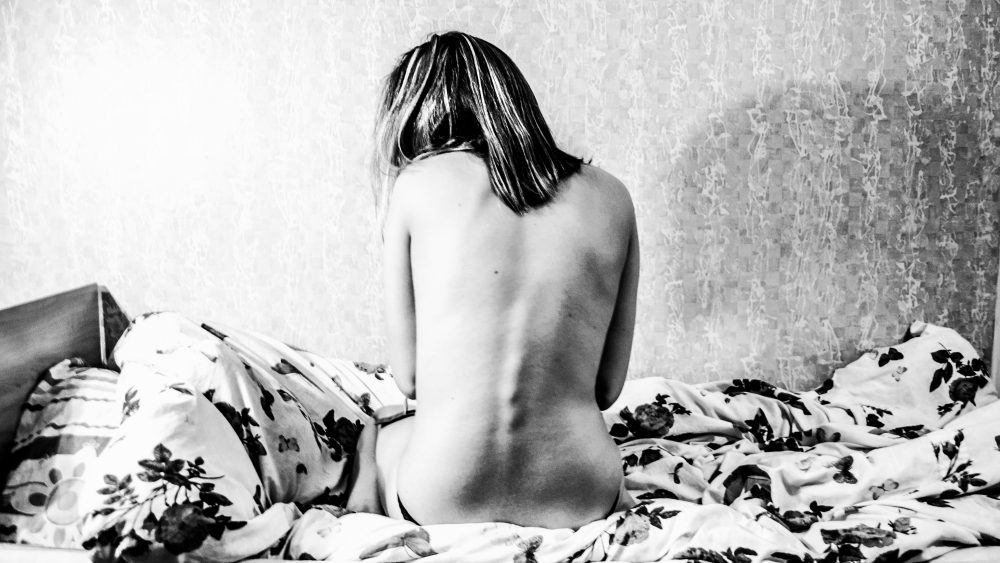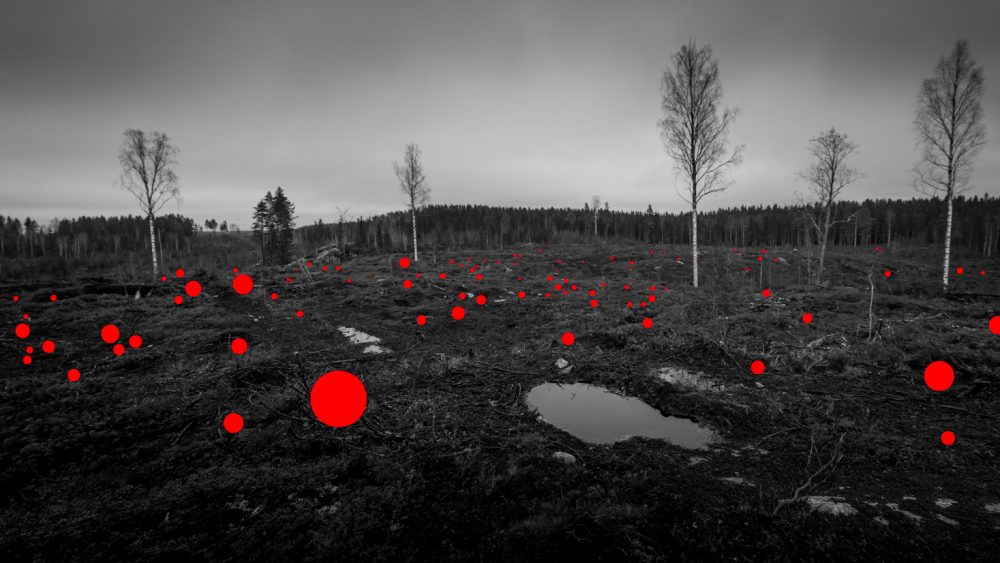As if it should have been a quarry
This work, As if it should have been a quarry, named for a phrase from the American poet Robert Frost’s 1954 poem Directive, was shot between 2011-2013 in Iceland—a country in the middle of the Atlantic ocean positioned directly above a continental divide, making it the site of frequent seismic and volcanic activity.
In January of 1973 a volcano erupted without warning in the small town of Heimaey in the Westman Islands just off the south coast. This work is inspired by the story of the inhabitants of the town that dug themselves out of the ash and stopped the flow of lava from destroying their harbor. Despite the mayhem caused by the eruption, they were determined to stay. Now, forty years later, while many homes have been recuperated and reoccupied, abandoned excavations hold the remains of the houses that proved unsalvageable. The excavations exist as a unique scenario in which during one individual’s own lifetime his or her own archaeological history is being explored—a chance to literally witness one’s own stories coming out of the ground, the survivors living to confront them in person.
As a gesture towards reversing the process of unearthing the tales buried beneath the land’s surface, I sought to create a new narrative with the earth by using natural clay from regions around the country with particularly high volcanic or seismic activity and implementing it to bear witness to the visage of Icelanders young and old through imprints mirroring those of light.
Natural disasters like these are becoming more and more commonplace in our changing global environment, and it seems all too relevant to notice how the contemporary relationship between human beings and the land they live on can be desperately fragile and tenuous as it once may have been centuries and centuries ago.
This body of work seeks to investigate the way in which one reconciles one’s own impermanence through living with a continuity that suggests the infinite, and how a piece of land can be a reflection of one’s countenance and vice versa, like maps in conversational flux with one another.
For me, considering the passage of time in its relation to both physical and emotional space is to allow for an innate metaphysical inquiry to be explored—that of our own vulnerability and survival as possibly found in the landscapes that grow us into being.
Sabine Mirlesse is a photographer and visual artist currently living and working in Paris. Her photographic works have been the subject of features in The British Journal of Photography, Time LightBox, and Interview, among others. This past November her very first monograph, a collection of images inspired by an eruption in Iceland, was published by Damiani Editore entitled As if it should have been a quarry. Her next project is based in Armenia.
